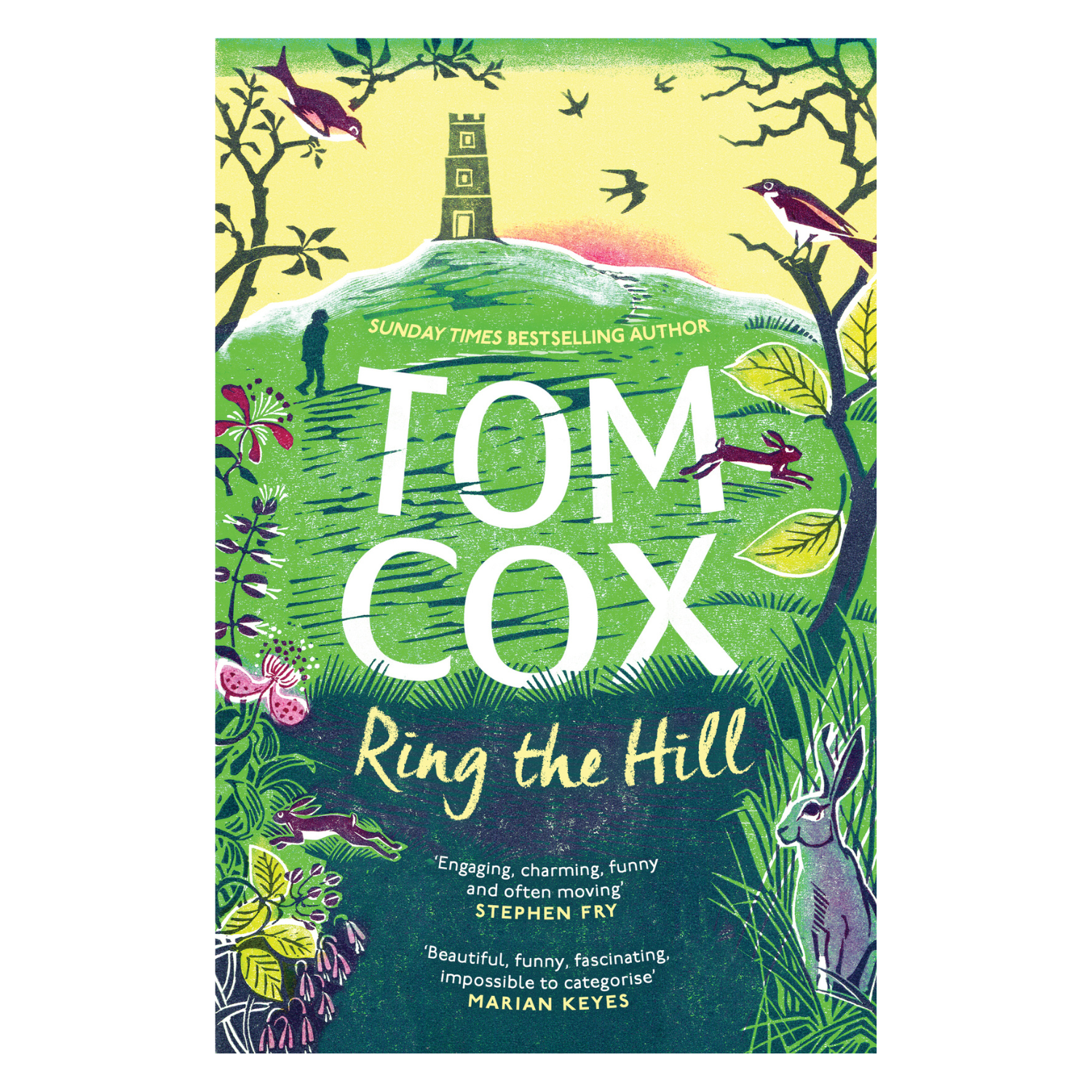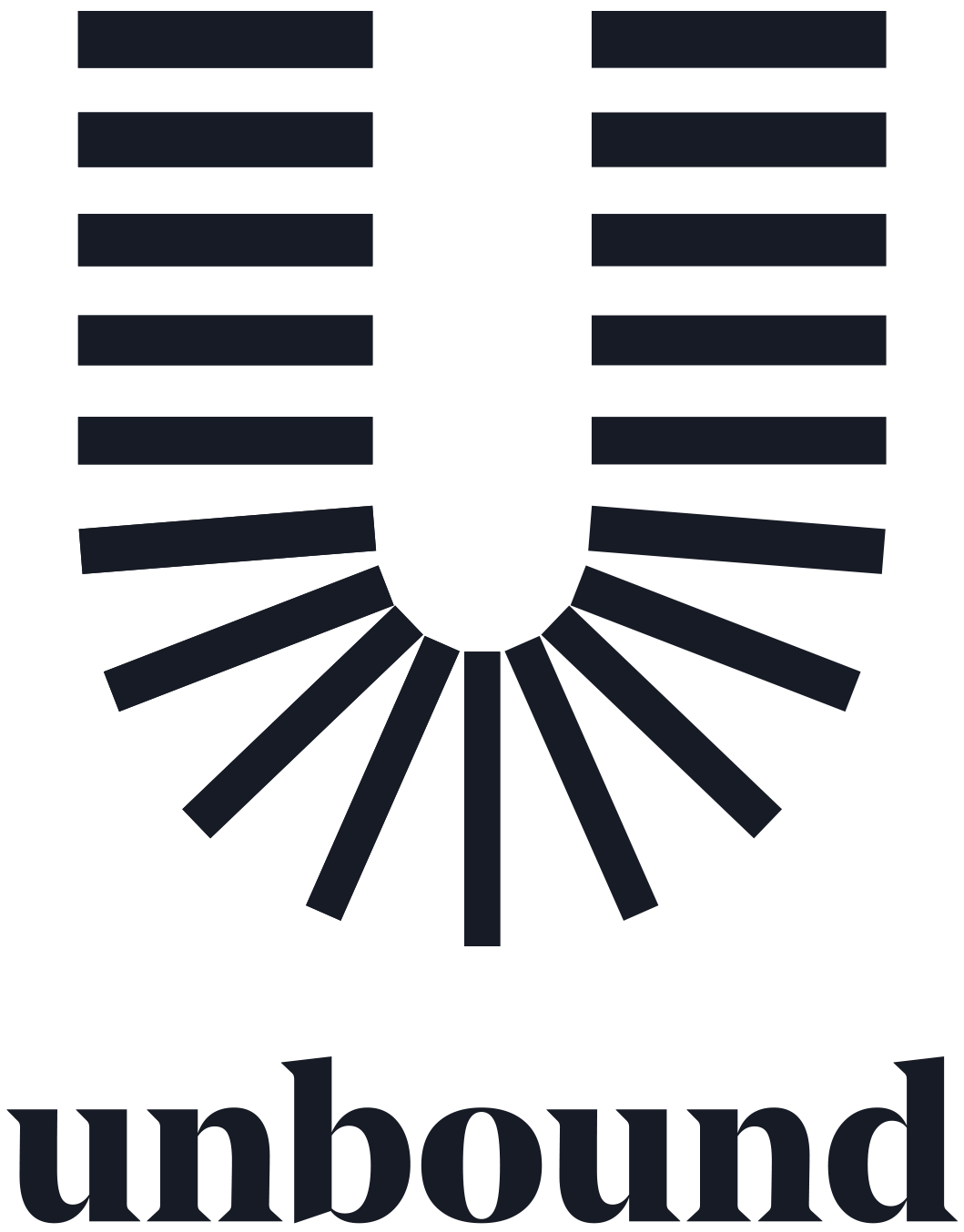
About The Book
'Beautiful, funny, fascinating, impossible-to-categorise . . . Like going on a great ramble with a knowledgeable, witty, engaging friend. Tom Cox brings magic to the most mundane of subjects' Marian Keyes
A hill is not a mountain. You climb it for you, then you put it quietly inside you, in a cupboard marked ‘Quite a Lot of Hills’ where it makes its infinitesimal mark on who you are.
Ring the Hill is a book written around, and about, hills: it includes a northern hill, a hill that never ends and the smallest hill in England. Each chapter takes a type of hill – whether it’s a knoll, cap, cliff, tor or even a mere bump – as a starting point for one of Tom’s characteristically unpredictable and wide-ranging explorations.
Tom’s lyrical, candid prose roams from an intimate relationship with a particular cove on the south coast, to meditations on his great-grandmother and a lesson on what goes into the mapping of hills themselves. Because a good walk in the hills is never just about the hills: you never know where it might lead.
'Sheer bloody genius . . . I loved it. Then I loved it more' John Lewis-Stempel, author of Meadowland
Always engaging, charming, funny and often moving . . . It made me want to pull on my stoutest boots and follow in his footsteps
Be a part of our community! 334,112 people from 207 countries have pledged £11,980,334 to fund 646 projects - and counting!
